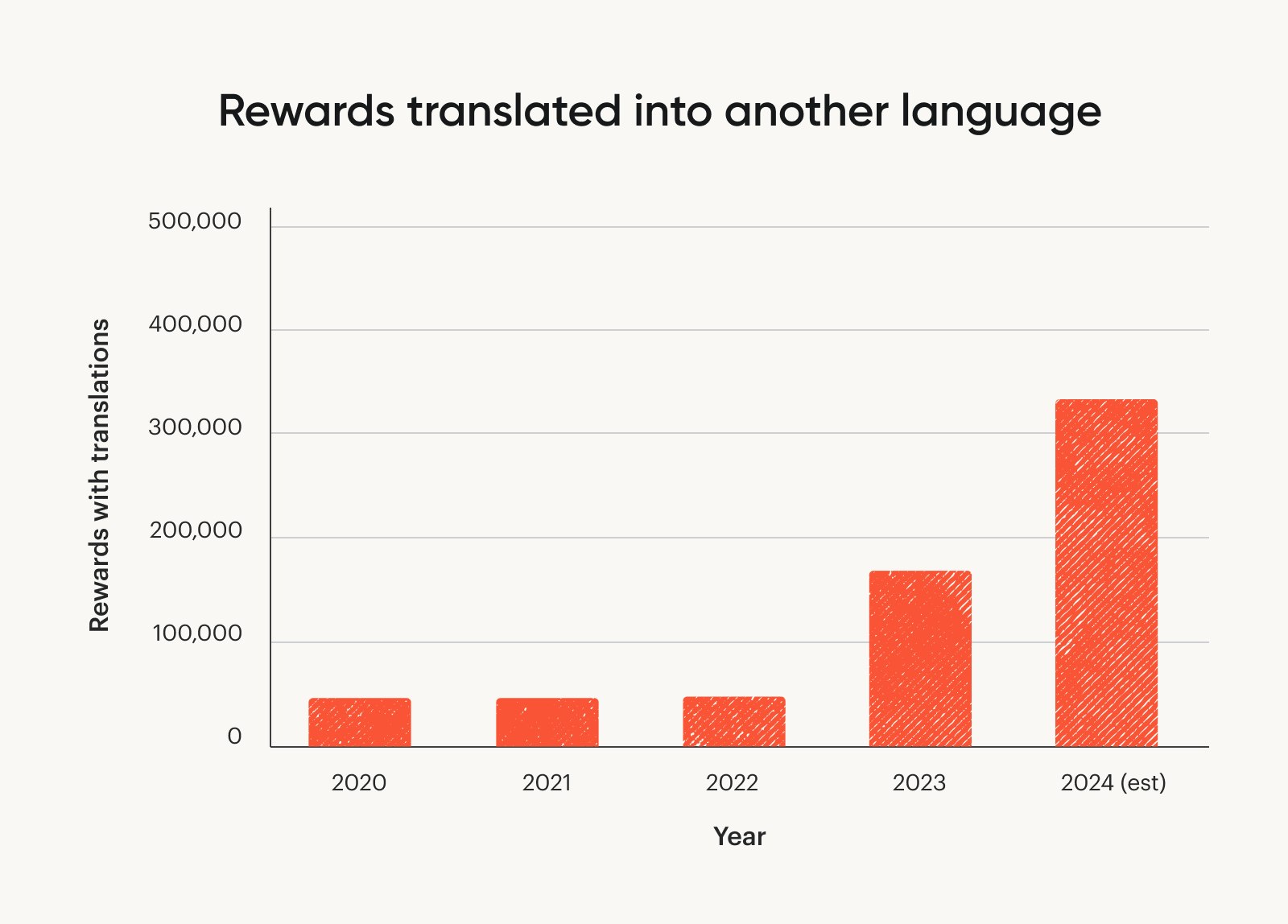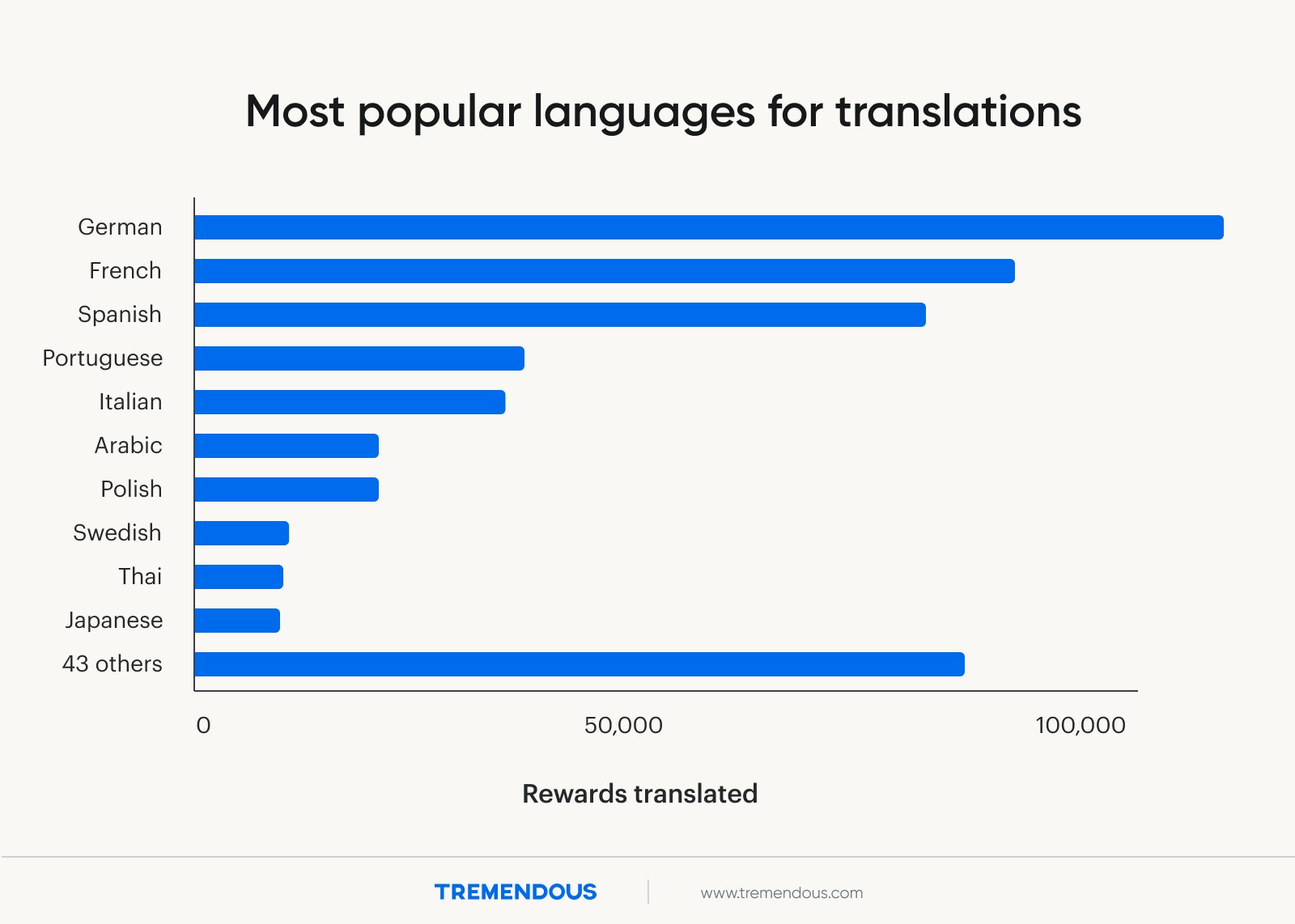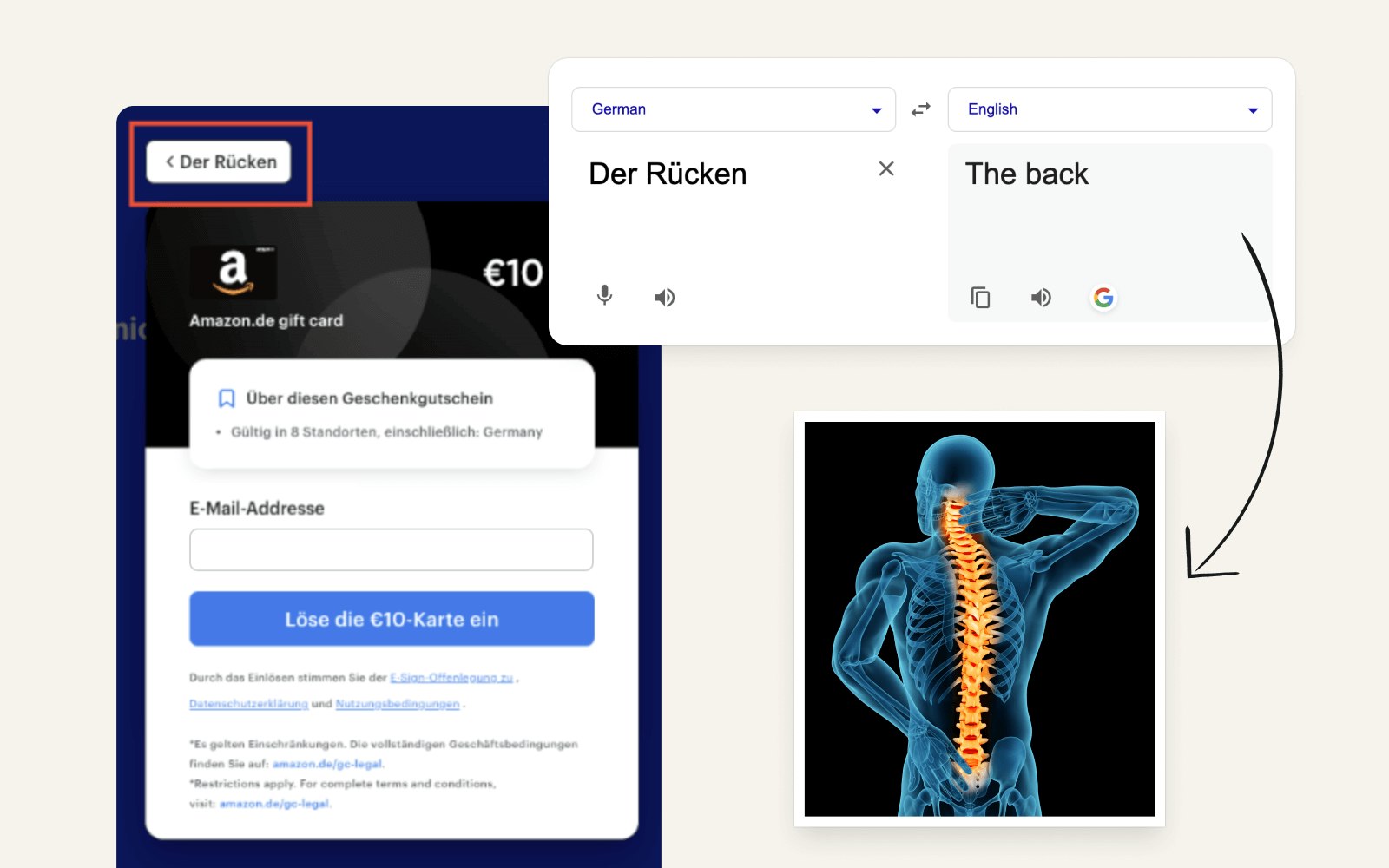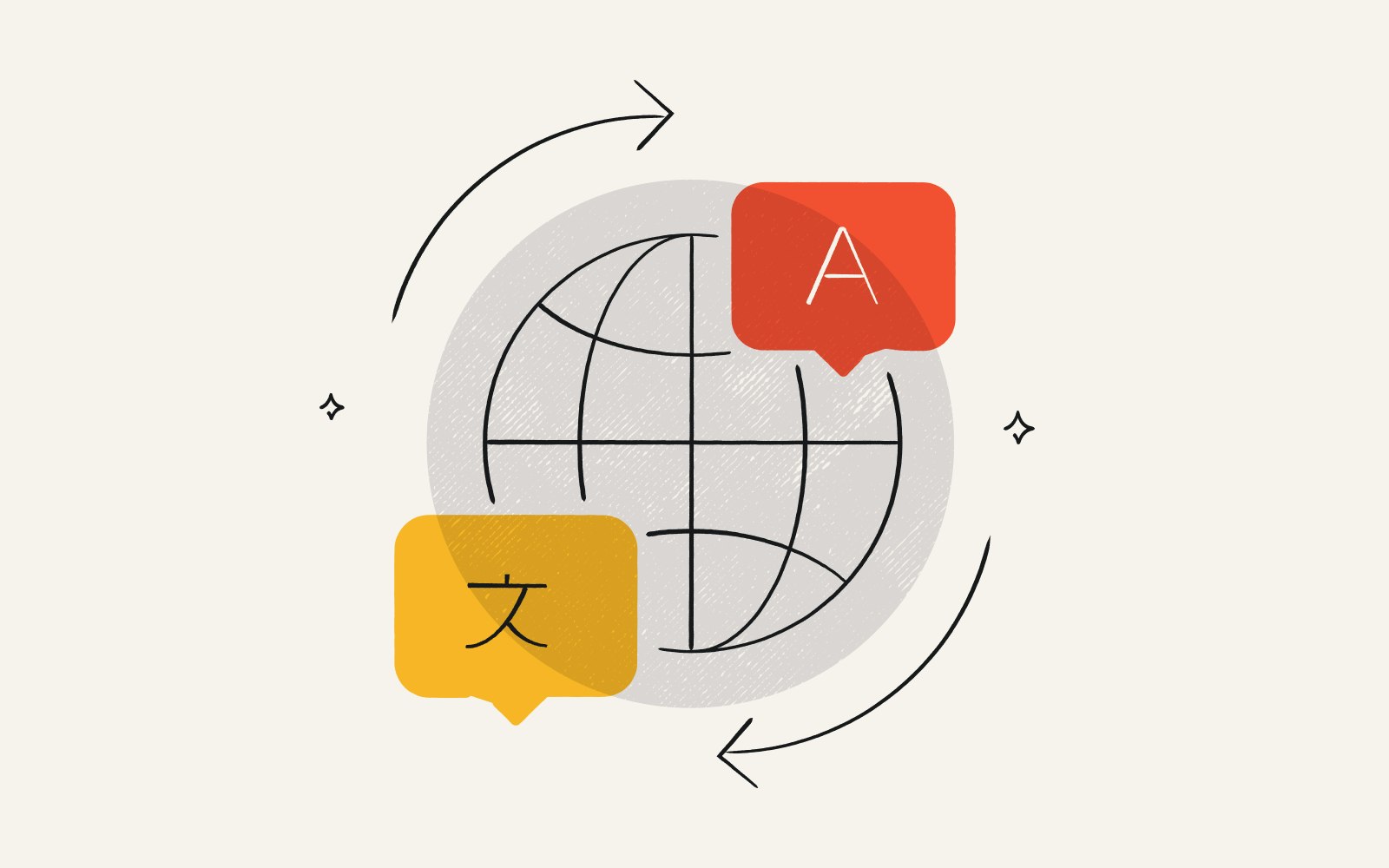Tremendous helps businesses send rewards and incentives to people in 180+ countries. Many recipients don't speak English, and expect to see correspondence in their local language. To solve this problem, we built a translation feature to convert the sender's text on-the-fly into the specified language.
But the original translation engine we used, Google Translate, was struggling with quality issues. We fixed them by switching to OpenAI’s GPT-4 model, and saw a massive increase in quality and accuracy.
Language translation is increasing in popularity
Demand for language translation is booming, and we expect this trend to continue. Nearly 48,000 rewards using a translated language were sent in April 2024 alone. We’ve seen a 7x increase from 2021 to now.

To date, we've translated rewards into 53 different languages, including Tagalog, Urdu, and Afrikaans. Five languages (German, French, Spanish, Portuguese, and Italian) account for 70% of translation.

How Google Translate falls short
Until recently, we relied on Google Translate to ensure each message and feature description in the product reflected the recipient’s native language. But Google Translate has a giant limitation: it doesn’t understand context.
For instance, a button labeled “Back” in English is for navigating back to the previous page. But Google translated "Back" to "Der Rücken"– which means "the back", as in the anatomical back.

Without being able to understand context, how would a translation service know that we were talking about navigation, not anatomy?
The solution: large language models (LLMs)
Large language models ("LLMs) solve the problem of context.
For the unfamiliar, LLM is a technical term for the algorithms that power the flashy AI tools you’ve probably heard about over the past year, like ChatGPT.
An LLM has read pretty much every book, every article on every website, every random tweet and subreddit.
Given the sheer volume of information they're trained on, LLMs process context quite well. And because we interact with them through a text-like interface, they accept custom instructions when performing a task.
We built a custom translation engine on top of GPT-4 that provides context on exactly what is being translated– the fact that it's a reward being sent by a company, the name of the companies involved (Google Translate would sometimes turn "Tremendous" into, say, "¡tremendo!"), the setting (a webpage), and the overall tone to be used (professional but conversational).
It worked.
The results: a better recipient experience (and lower costs)
Since launching, we’ve seen a smoother, better experience for international recipients. Complaints from recipients about bad translations effectively dropped to zero.
No more Der Rückens, either. GPT-4 translated this correctly, to Zurück.

And incidentally, OpenAI turned out to be 10x cheaper than Google Translate, so we saved money too.
AI-powered translations are available to everyone—for free. Test it out, and let us know what you think.
